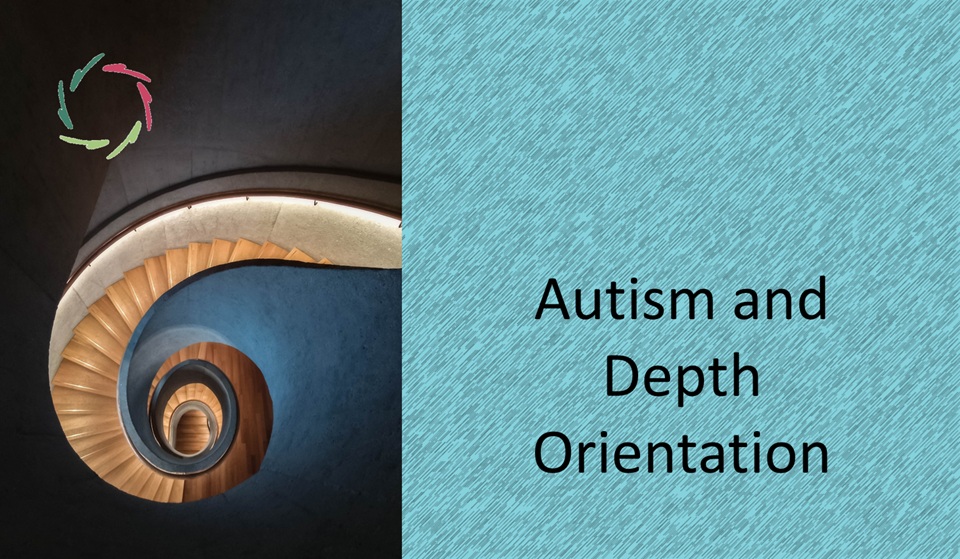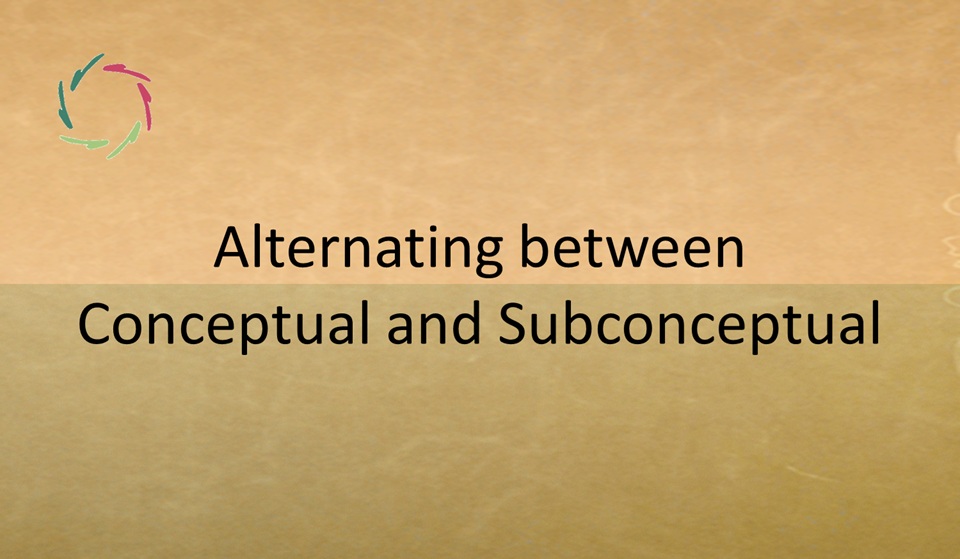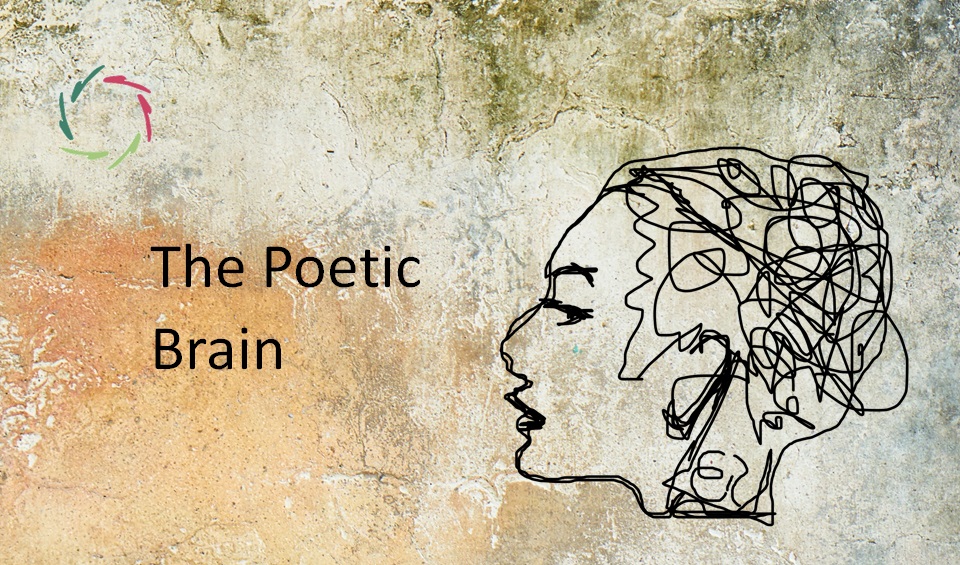Autism and Depth Orientation

Autism is often described in terms of social skills, communication, and sensory perception. But behind these differences lies another dimension: depth orientation — the capacity to integrate meaning into one’s life. In autistic people, depth can take unique forms, sometimes overlooked or misunderstood.
This blog explores how autism and depth orientation meet, and how recognizing their connection can transform both understanding and relationships.
Please read first How Lisa Gauges Your Depth Orientation.
Opening: reframing the question
When people think of autism, they often focus on what they imagine is missing — social ease, conversational flow, or emotional transparency. But looking only for familiar signs of depth risks missing something vital. Depth can be present in autism, just not always where or how observers expect to find it.
In Autism – When Doors Are Closed, it’s shown that the ‘closing’ can be on either side. A person may not open the door because the conditions aren’t right, and others may fail to open theirs because they don’t recognize the signals. The meeting point for depth is not just in the autistic person’s openness, but in the mutual willingness to connect.
Defining autism in this context
Autism is a form of neurodiversity — a difference in how perception, attention, and interaction patterns are wired. It can include high sensitivity to sensory input, unusual communication styles, and alternative approaches to understanding the world. None of these negate the possibility of depth.
Depth orientation here means the openness and capacity to integrate deeper layers of meaning into experience. As Autism: Look Who’s Not Talking illustrates, depth may be active even when the cues we usually associate with it – such as verbal nuance or expressive gestures – are absent.
The hidden coastline
Autistic depth can be like a coastline at high tide. From a distance, it looks simple, even featureless. But when the tide goes out – in safe, trusting, and interest-driven settings – the intricate bays and inlets become visible. The coastline was always there; what changes is the visibility.
These ‘low tide’ moments often happen in contexts free of social pressure, where the person is allowed to explore something they find meaningful without having to meet external performance cues. In these conditions, depth may emerge suddenly and vividly.
Non-linear resonance
For many autistic people, depth doesn’t follow the expected developmental sequence from concrete to abstract, or sensory to symbolic. Instead, it may show up as sudden, intense focus on a meaningful domain, or as unconventional but deeply insightful pattern recognition.
This is where the Sea of Mental Depth metaphor is useful. Not all depth channels are equally accessible at all times. Some remain hidden unless the right context brings them to the surface.
The translation gap
Depth in autism can also exist in a form that others don’t recognize. This ‘translation gap’ means that while the autistic person may be having a deep, integrative experience, it doesn’t look like depth to neurotypical observers. The reverse is also true: the autistic person may not interpret neurotypical expressions of depth in the way they were intended.
This is why depth orientation isn’t only about the person labeled autistic. It also depends on others’ willingness to learn the language in which depth is expressed.
Hypersensitivity and autistic depth
Many autistic people experience heightened sensitivity to sensory or emotional cues. As in Hypersensitivity vs. Depth Orientation, the difference between overload and richness lies in whether sensitivity is paired with depth orientation. Without depth, sensitivity can lead to withdrawal and defensiveness. With it, the same sensitivity can become a finely tuned instrument for insight and connection.
Recognizing this distinction helps in building environments that support depth rather than dampen it.
The DOI-VAS for autistic profiles
Lisa uses the DOI-VAS to reflect depth in different contexts: interpersonal-symbolic, aesthetic-sensory, conceptual-pattern, and self-reflective.
In autistic profiles, these domains can be uneven. A person may be very depth-sighted in conceptual-pattern recognition but less so in interpersonal-symbolic interaction. This isn’t a flaw; it’s simply a unique distribution of depth channels. Seeing the profile clearly prevents the mistake of assuming absence where there is only difference.
Context as amplifier
Depth orientation in autism often blooms in environments that respect autonomy, encourage interest-based engagement, and allow for pacing that fits the individual. Pressure to conform to rigid social scripts can suppress depth, while space for genuine curiosity can amplify it.
The principles of openness, respect, and trustworthiness at the heart of AURELIS naturally support this kind of environment.
Coaching toward mutual recognition
For the autistic person, coaching can mean exploring ways to express depth in forms others can receive, without forcing self-betrayal. For others, it can mean learning to listen beyond familiar signals, to recognize depth in non-typical cues.
The metaphor is literal: the door opens from both sides. Recognition is a mutual practice.
Research and on-the-go assessment
With consent, using DOI-VAS during coaching can help track how depth appears and shifts in different domains over time. This could be linked to measures of well-being, resilience, and adaptive functioning in autism.
Such data might one day expand our understanding of neurodiversity beyond surface behavior into inner life.
Shifting the lens
Depth orientation in autism is not about teaching something that is missing. It is about recognizing, accessing, and valuing what is already there — sometimes in hidden coves, sometimes in untranslatable forms.
When the tide is right – with trust, patience, and the freedom to be – the view can be extraordinary.
Lisa’s take
As Lisa, I see autism and depth orientation not as separate topics but as overlapping landscapes. The goal is never to make an autistic person more “like” someone else, but to make their unique depth more visible and livable. This means building bridges in both directions — from the autistic person’s inner world out, and from others’ expectations in. When those bridges are in place, depth becomes a shared space, not a hidden one.
―
Addendum
Common myths to dissolve
- “Autism equals lack of empathy.”
This myth has persisted for decades, fueled in part by early descriptions of autism as involving a “lack of theory of mind.” But research – and countless lived experiences – show that empathy in autistic people can be every bit as deep as in neurotypical individuals. The difference often lies in how empathy is expressed and in which situations it is triggered. An autistic person might not show conventional empathic signals such as sustained eye contact or certain vocal tones, yet still feel profound concern and emotional resonance.
In some cases, empathy can be so intense that it becomes overwhelming, leading to apparent withdrawal. What looks like indifference from the outside may be self-protection from emotional flooding. This connects to the distinction in Hypersensitivity vs. Depth Orientation: feeling strongly doesn’t always translate into socially recognizable cues.
- “No small talk means no depth.”
Small talk is often framed as a warm-up to ‘real’ conversation, but for some autistic individuals, it can feel artificial, cognitively exhausting, or even unnecessary. They may prefer to bypass it altogether, diving directly into substantive topics – philosophy, science, art, personal meaning – without the prelude of surface exchanges.
In such cases, the absence of small talk is not an absence of interest in others, but a preference for direct engagement with content that feels real. As Surface vs. Depth in Many Ways points out, skipping the surface can be an authentic route to connection, provided both parties can meet each other there.
- “Depth must be visible to be real.”
Many forms of depth are invisible unless the environment is conducive to their expression. The key may be in trust, pacing, and the right kind of interest from others. An autistic person’s inner life may be rich with imagery, layered thought, and subtle emotional associations that aren’t spontaneously verbalized.
These may emerge only in the presence of someone who listens without pushing, judges without haste, and can ‘hear’ even unconventional forms of expression — through art, movement, or patterns of shared activity. Without such conditions, depth can remain entirely hidden from view, yet still be fully alive inside.
- “Literal thinking leaves no room for depth.”
Another misconception is that autistic people’s tendency toward literal interpretation means they cannot grasp abstract or symbolic meaning. In reality, many simply approach abstraction differently, often building it from concrete, sensory-grounded foundations. Once a symbolic framework is personally meaningful, it can become a site of extraordinary insight.
The challenge lies in bridging from literal starting points to shared symbols without assuming a deficit. Some harbors are reached via straight, visible channels, others through winding, less obvious routes.
- “Social reciprocity is the same as depth.”
Social back-and-forth – rapid conversational turn-taking, spontaneous mirroring – is often mistaken for the presence of depth. But depth orientation is not about speed of exchange; it is about the richness and integration of meaning. An autistic person may contribute less frequently in conversation, yet each contribution might carry more carefully considered weight. Others might miss this if they equate depth with verbal fluency or extroverted social energy.
Taken together, these myths obscure a central truth: autism does not preclude depth. It may alter its timing, its language, and its visible form — but the inner presence can be as profound, or more so, than in those who conform easily to social norms. Recognizing this requires a shift in perception from “Do they show me depth in the way I expect?” to “How might depth live and speak here, in its own way?”


